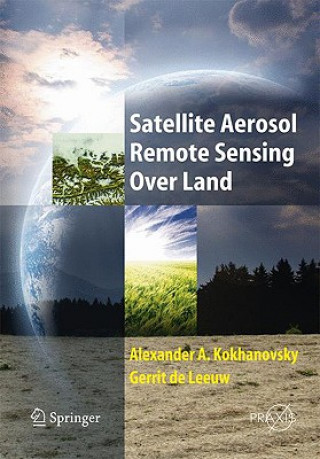
Kod: 01567909
Satellite Aerosol Remote Sensing Over Land
Autor Alexander A. Kokhanovsky, Gerrit de Leeuw
The book opens with a description of aerosol retrievals from satellite radiometers and then looks at the 12-year record of global aerosol properties from Along-track Scanning Radiometer (ATSR-2) and Advanced Along-track Scanning R ... więcej
- Język:
 Angielski
Angielski - Oprawa: Twarda
- Liczba stron: 388
Wydawca: Springer-Verlag Berlin and Heidelberg GmbH & Co. KG, 2008
- Więcej informacji o książce

1129.27 zł

Dostępna u dostawcy w małych ilościach
Wysyłamy za 12 - 15 dni
Potrzebujesz więcej egzemplarzy?Jeżeli jesteś zainteresowany zakupem większej ilości egzemplarzy, skontaktuj się z nami, aby sprawdzić ich dostępność.
Dodaj do schowka
Zobacz książki o podobnej tematyce
-
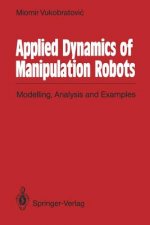
Applied Dynamics of Manipulation Robots
288.60 zł -

Hanns Eisler Political Musician
182.13 zł -

Clouds above the Hill
488.37 zł -
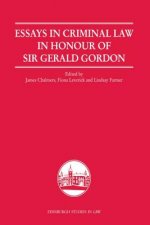
Essays in Criminal Law in Honour of Sir Gerald Gordon
509.32 zł -15 % -

Fountain Sealed
165.70 zł -

Little Book of Scotland
52.47 zł -15 % -
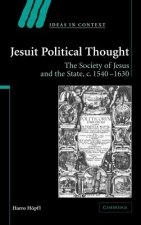
Jesuit Political Thought
619.93 zł
Podaruj tę książkę jeszcze dziś
- Zamów książkę i wybierz "Wyślij jako prezent".
- Natychmiast wyślemy Ci bon podarunkowy, który możesz przekazać adresatowi prezentu.
- Książka zostanie wysłana do adresata, a Ty o nic nie musisz się martwić.
Więcej informacji o Satellite Aerosol Remote Sensing Over Land
Za ten zakup dostaniesz 658 punkty
 Opis
Opis
The book opens with a description of aerosol retrievals from satellite radiometers and then looks at the 12-year record of global aerosol properties from Along-track Scanning Radiometer (ATSR-2) and Advanced Along-track Scanning Radiometer (AATSR). The dual view of the latter allows for the accurate retrieval of aerosol properties over land and algorithms have been developed using these two views to eliminate the influence of the land surface reflectance on the top of the atmosphere radiation. The third chapter shows how the algorithm uses the AATSR IR and visible wavebands for cloud detection and the visible and NIR wavebands for aerosol retrieval and the consequent determination of the aerosol optical depth at various wavelengths and the dominant aerosol types. The results are then compared with independent data: sun photometers and, when available, aerosol composition.§Chapters 4 and 5 consider the retrieval of aerosol optical thickness and particulate matter concentration over land using MERIS and iterative aerosol retrieval technique applied to MERIS top-of-atmosphere radiance measurements. These are followed by a chapter evaluating the global aerosol properties in the MODerate Resolution Imaging Spectro-radiometer (MODIS) collection 5 products. Chapter 7 covers the optimal estimation applied to multi-angle and multi-spectral data for the joint retrieval of the aerosol load and surface reflectance. This method provides a rigorous mathematical framework to combine satellite data, prior information on the observed system, and the modelling representation of that system. A detailed analysis of the error covariance matrix is shown together with comparisons against AERONET observations. The work is based on the analysis of METEOSAT images, which have high repetition rate and known from TV broadcasts of cloud systems by different weather services. One of aims of this book is to facilitate the introduction of chemical weather analysis (aerosols, gases, air quality indices) in the standard set of meteorological observations from a satellite. The following chapter summarizes and discusses the benefits and limitations of synergetic aerosol retrieval and its application to SCIAMACHY data while Chapter 9 looks towards an Aerosol Optical Depth (AOD) climatology by combining the strengths of different remote sensing techniques. The author of this chapter explains that the overall goal is to combine individual strengths of different statistics into an AOD data-set which is superior to any single AOD retrieval in accuracy as well as spatial and temporal coverage, following the concept of combining superior retrieval choices based on statistical analysis (e.g. bias, error) compared to quality references by statistics from ground sun-photometry, into single satellite retrieval composites. The book ends with a study of aerosol optical depth and air mass mapping with satellite multi-angle imaging and presents some of the latest results of the NASA Earth Observing System s Multi-angle Imaging SpectroRadiometer (MISR) aerosol amount and type mapping. MISR is considered to be the best suited instrument for satellite aerosol research at the moment (at least for cloud free conditions). In addition to several spectral channels it has a multi-view capability, which enables retrievals over highly reflective ground including bright surfaces such as deserts, where the major aerosol sources are located
 Szczegóły książki
Szczegóły książki
Kategoria Książki po angielsku Earth sciences, geography, environment, planning Geography Geographical information systems (GIS) & remote sensing
1129.27 zł
- Pełny tytuł: Satellite Aerosol Remote Sensing Over Land
- Autor: Alexander A. Kokhanovsky, Gerrit de Leeuw
- Język:
 Angielski
Angielski - Oprawa: Twarda
- Liczba stron: 388
- EAN: 9783540693963
- ISBN: 3540693963
- ID: 01567909
- Wydawca: Springer-Verlag Berlin and Heidelberg GmbH & Co. KG
- Waga: 882 g
- Wymiary: 244 × 170 × 28 mm
- Data wydania: 01. November 2008
Ulubione w innej kategorii
-

Designing Better Maps
293.54 zł -5 % -
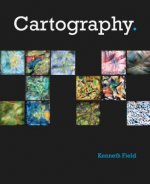
Cartography.
285.68 zł -5 % -
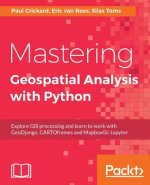
Mastering Geospatial Analysis with Python
263.12 zł -
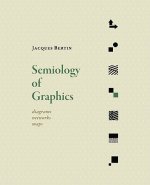
Semiology of Graphics
525.64 zł -4 % -
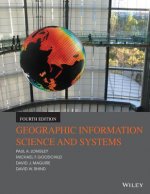
Geographic Information Science and Systems 4e
1055.63 zł -
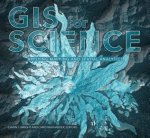
GIS for Science
197.44 zł -5 % -
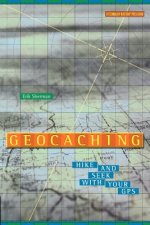
Geocaching
82.60 zł -4 % -
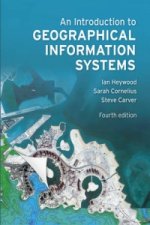
Introduction to Geographical Information Systems, An
360.63 zł -

Connections and Content
221.92 zł -
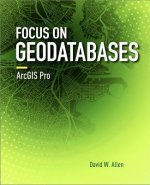
Focus on Geodatabases in ArcGIS Pro
293.74 zł -4 % -
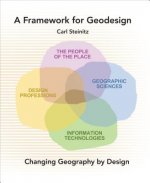
Framework for Geodesign
389.64 zł -4 % -
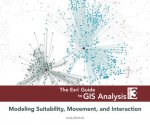
Esri Guide to GIS Analysis, Volume 3
221.61 zł -5 % -
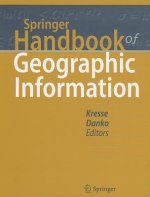
Springer Handbook of Geographic Information
1780.94 zł -
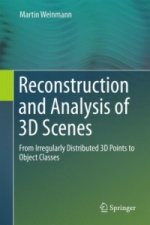
Reconstruction and Analysis of 3D Scenes
831.79 zł -
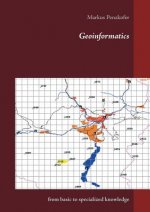
Geoinformatics
155.83 zł -
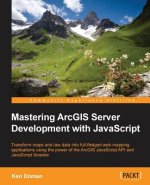
Mastering ArcGIS Server Development with JavaScript
235.21 zł -
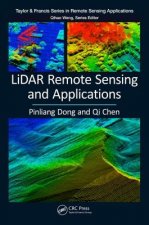
LiDAR Remote Sensing and Applications
521.71 zł -
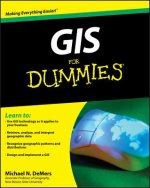
GIS For Dummies
169.63 zł -
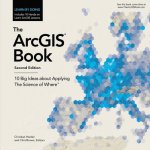
ArcGIS Book
101.63 zł -4 % -

Python For ArcGIS
619.93 zł -
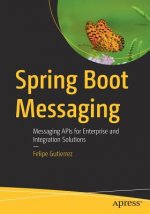
Spring Boot Messaging
237.63 zł -
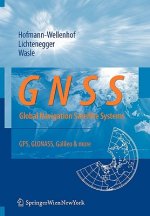
GNSS - Global Navigation Satellite Systems
919.33 zł -
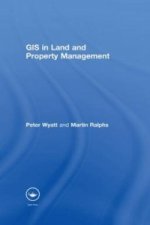
GIS in Land and Property Management
1077.28 zł -
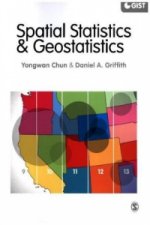
Spatial Statistics and Geostatistics
358.12 zł -
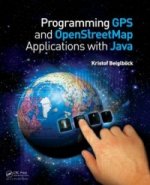
Programming GPS and OpenStreetMap Applications with Java
360.33 zł -
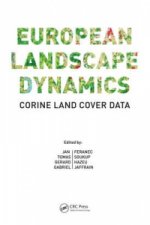
European Landscape Dynamics
1017.55 zł -
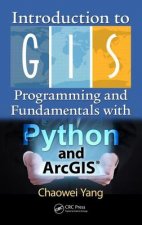
Introduction to GIS Programming and Fundamentals with Python and ArcGIS (R)
615.30 zł -
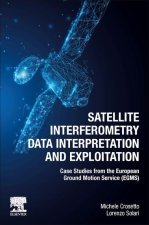
Satellite Interferometry Data Interpretation and Exploitation
743.84 zł -9 % -
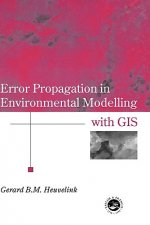
Error Propagation in Environmental Modelling with GIS
666.07 zł -
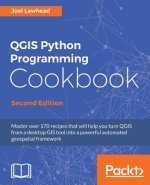
QGIS Python Programming Cookbook -
263.02 zł -

Learning ArcGIS Pro
263.02 zł -
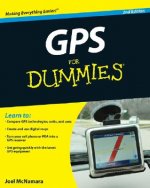
GPS For Dummies 2e
113.62 zł -5 % -
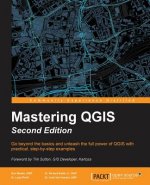
Mastering QGIS -
291.02 zł -
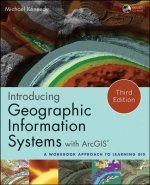
Introducing Geographic Information Systems with ArcGIS - A Workbook Approach to Learning GIS, Third Edition
563.72 zł -
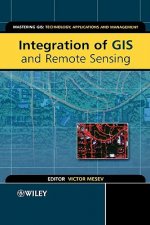
Integration of GIS and Remote Sensing
1157.98 zł -
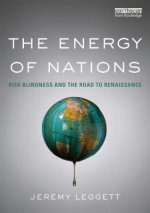
Energy of Nations
224.84 zł -
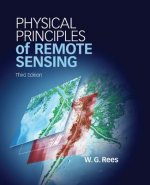
Physical Principles of Remote Sensing
834 zł -
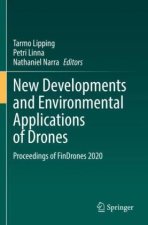
New Developments and Environmental Applications of Drones
925.47 zł -
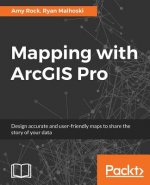
Mapping with ArcGIS Pro
235.21 zł -
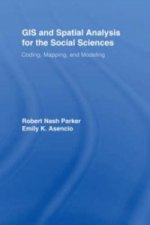
GIS and Spatial Analysis for the Social Sciences
497.84 zł -
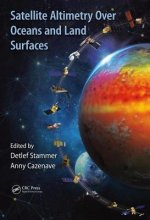
Satellite Altimetry Over Oceans and Land Surfaces
1077.28 zł -
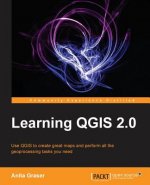
Learning QGIS 2.0
132.56 zł -
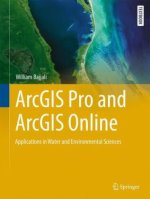
ArcGIS Pro and ArcGIS Online Applications in Water and Environmental Sciences
407.38 zł -
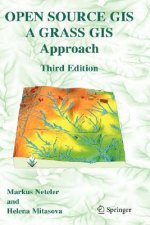
Open Source GIS
874.50 zł -
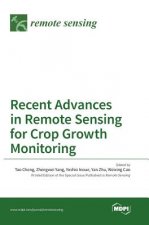
Recent Advances in Remote Sensing for Crop Growth Monitoring
435.48 zł -1 % -
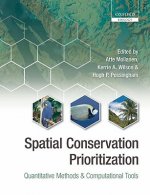
Spatial Conservation Prioritization
963.95 zł -
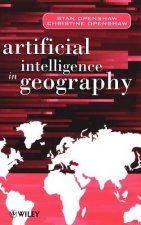
Artificial Intelligence in Geography
1540.28 zł -
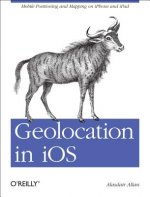
Geolocation in iOS
104.15 zł -
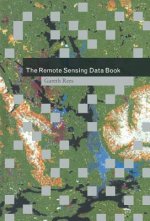
Remote Sensing Data Book
597.97 zł
zadowolonych klientów
Od roku 2008 obsłużyliśmy wielu miłośników książek, ale dla nas każdy był tym wyjątkowym.
Copyright! ©2008-24 libristo.pl Wszelkie prawa zastrzeżonePrywatnieCookies


 21 milionów książek
21 milionów książek Dostawa 10.99 zł
Dostawa 10.99 zł (32) 444 93 66 (8-15.30h)
(32) 444 93 66 (8-15.30h)